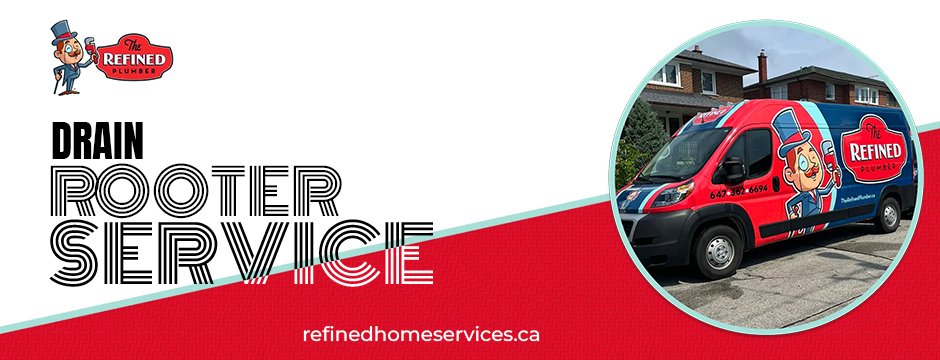Step-by-Step Guide to Thawing Frozen Pipes Safely
As winter temperatures drop, the risk of Frozen Pipe Repair becomes a real concern for homeowners. When water inside pipes freezes, it expands and puts pressure on the pipe walls, leading to cracks or bursts. Thawing frozen pipes promptly is crucial to prevent potential water damage and expensive repairs. In this step-by-step guide, we will walk you through the process of safely thawing frozen pipes to minimize risks and protect your plumbing system.
Step 1: Identify the Frozen Pipes
The first step in thawing frozen pipes is to identify which sections of your plumbing system are affected by freezing. Look for signs such as reduced water flow from faucets or complete blockage. If you notice unusual sounds, like banging or cracking, when you turn on a faucet, it could be an indication of frozen pipes.
Common areas where pipes freeze include those located in exterior walls, unheated basements, crawl spaces, and attics. These areas are more exposed to cold temperatures and are at a higher risk of freezing.
Once you’ve identified the frozen sections, it’s crucial to turn off the main water supply to prevent any further water flow. This will help minimize the risk of burst pipes when you start thawing the frozen areas.
Step 2: Open Faucets
Before you begin thawing the pipes, open the faucets that are supplied by the frozen pipes. By doing this, you allow the water to escape as the ice thaws. This also helps to relieve pressure within the pipes, reducing the risk of bursting.
Keep the faucets open throughout the thawing process and until water flow is fully restored. It’s essential to monitor the faucets during this time to ensure that water is flowing freely and to check for any leaks.

Step 3: Apply Gentle Heat
Thawing frozen pipes requires the use of gentle heat sources. Avoid using open flames or high-temperature heat sources, as they can damage the pipes, cause fires, or pose other hazards.
Opt for safer methods such as using a hairdryer, heat lamp, or heating pad. Position the heat source several inches away from the pipe, and move it back and forth along the length of the frozen section. This gradual and controlled application of heat will help to melt the ice inside the pipe without causing sudden temperature changes that may lead to pipe damage. Contact our Drain Rooter Service now!
Step 4: Start from the Faucet
Begin thawing the pipe from the faucet end and work your way toward the frozen area. When you apply heat near the faucet, any melted ice and water will flow out of the open faucet instead of being trapped within the pipes. This helps prevent additional pressure build-up.
Be patient during the thawing process, as it may take some time to completely melt the ice inside the pipe. Avoid using excessive force or sharp objects to chip away the ice, as this can cause damage to the pipe.
Step 5: Wrap with Towels
As the ice begins to thaw, wrap the frozen pipe with towels soaked in warm water. Wrapping the pipe provides additional insulation and helps speed up the thawing process. The warm towels help maintain a consistent temperature around the pipe, assisting in the melting of the ice.
Replace the towels regularly to ensure they remain warm, and continue to monitor the progress of the thawing.
Step 6: Use an Electric Pipe Thawing Machine (Optional)
For stubbornly frozen pipes that do not respond to the gentle heat methods, you may consider using an electric pipe thawing machine. This specialized equipment uses low-voltage electric current to safely thaw the ice within the pipes.
If you are not familiar with using an electric pipe thawing machine, it’s best to leave this step to a professional plumber. Mishandling the machine can lead to electric shock or other hazards. Professional plumbers have experience in using such equipment safely and efficiently.

Step 7: Check for Leaks
Once the Frozen Pipe Repair has done completely, it’s time to turn on the main water supply gradually. Be cautious when doing this, as sudden pressure changes can cause pipes to burst if there are any weak points.
As you restore water flow, closely monitor the affected areas for any signs of water leakage or damage. Check both the pipes and the surrounding walls or ceilings for any signs of moisture. If you notice any leaks or suspect a burst pipe, immediately shut off the water supply and seek professional assistance.
Step 8: Prevent Future Freezing
To prevent future freezing and avoid going through the hassle of thawing frozen pipes again, take preventive measures. Here are some tips to prevent freezing:
A. Insulate Exposed Pipes: Add insulation to pipes in unheated areas, especially those near exterior walls, crawl spaces, and attics.
B. Seal Gaps And Cracks: Seal any gaps or cracks in walls and floors near pipes to prevent cold air from seeping in.
C. Keep Indoor Temperatures Consistent: Maintain a consistent temperature throughout your home, even when you are away, to prevent pipes from freezing during cold weather.
D. Use Heat Tape Or Cables: Consider installing heat tape or cables on vulnerable pipes to provide continuous, low-level heat and prevent freezing.
E. Let Faucets Drip: On extremely cold nights, allow faucets connected to vulnerable pipes to drip slowly. This can help prevent freezing by keeping water moving through the pipes.
Conclusion
Thawing frozen pipes safely is essential to protect your home from water damage and costly repairs. By following this step-by-step guide and using gentle heat sources, you can safely thaw frozen pipes and restore water flow to your home. Remember that if you’re unsure about the process or encounter any issues, it’s best to contact a licensed plumber for assistance. Taking preventive measures to protect your plumbing system from freezing will also ensure a stress-free winter and a well-maintained plumbing system throughout the year. Book appointment for Clogged Drain Toronto experts now only at The Refine Plumber. Visit now!

